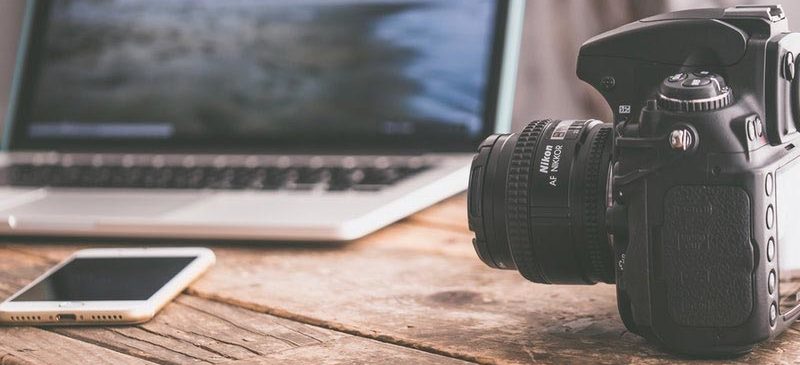There is no denying that smartphone cameras have revolutionized photography. Since the release of iPhone 4 that 5MP in the main camera back in 2010, cameras have been getting better and better over the years. Innovative technologies are being incorporated into smartphones, further bridging the gap between smartphone cameras and DSLR cameras. We now have smartphone cameras with better image sensors, better optics, image stabilization technologies, and dual lenses for innovative photography.
However, as good as smartphone cameras are, they still cannot compete with DSLR cameras. As much as they have impressive capabilities, the laws of physics still stand in the way of smartphone cameras competing with professional DSLR cameras.
The Size Limitation
The number one reason smartphone cameras cannot (and dare say, will never) compete with DSLR cameras is their sizes. The size issue comes into play when you consider sensor size. The difference in sensor size between a smartphone and DSLR camera (even when you use budget DSLR cameras) is quite. In the smartphone realm, the largest sensor has a size of 6.2 mm X 4.6 mm whereas in the DSLR realm the smallest sensor size is about 22.2 mm X 14.8 mm.
This means that a DSLR camera has a sensor with a larger size that can take images with much more details when compared to what smartphones can achieve. Importantly, you should note that smartphones have limited space. Therefore, the possibility of increasing the sensor size to the point their cameras can compete with professional DSLR cameras is limited. Furthermore, a larger sensor size produces more heat that smartphone cameras cannot handle. As such, you should not expect smartphones to be able to compete with professional cameras any time soon.
Optics
Optics is another reason why smartphone cameras cannot match DSLR cameras. DSLR camera lenses are sold separately from the body. This means that users can purchase the lenses they deem as most appropriate for their specific uses. Whether you are interested in wedding photography, landscape photography, sports photography, there are ample lenses that are designed for that specific purpose. As such, by having the lens interchangeable capability, DSLR allows users to produce images of far better capability.
On the other hand, with smartphone cameras, they come with a fixed lens that has fixed capability whereby smartphone manufacturers have to balance between telephoto capabilities and wide-angle capabilities. As such, they are optimized for general photography, which gives users very little room to be creative. Moreover, due to their sizes and the fact the cameras need to balance performance for great user experience for many smartphone customers, the possibility of smartphone cameras having comparable features as DSLR cameras have.
Image Stabilization
DSLR cameras differentiate themselves from smartphone cameras by having advanced and more capable image stabilization. Granted, some of the latest smartphone cameras do have image stabilization features, they are not as capable as what DSLR can achieve. Logically then, DSLR cameras will produce higher quality and sharper images than your smartphone camera.
The combination of these features makes smartphone cameras inherently inferior to professional and even budget DSLR cameras.

